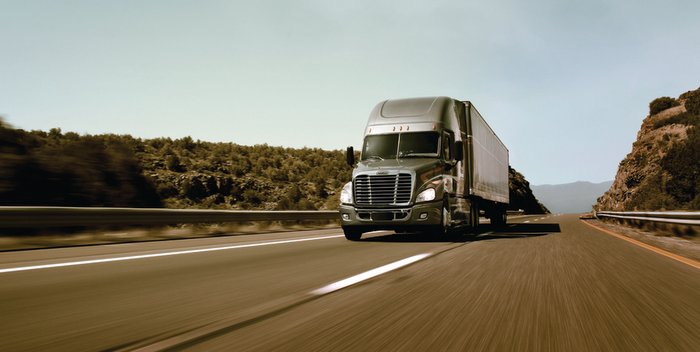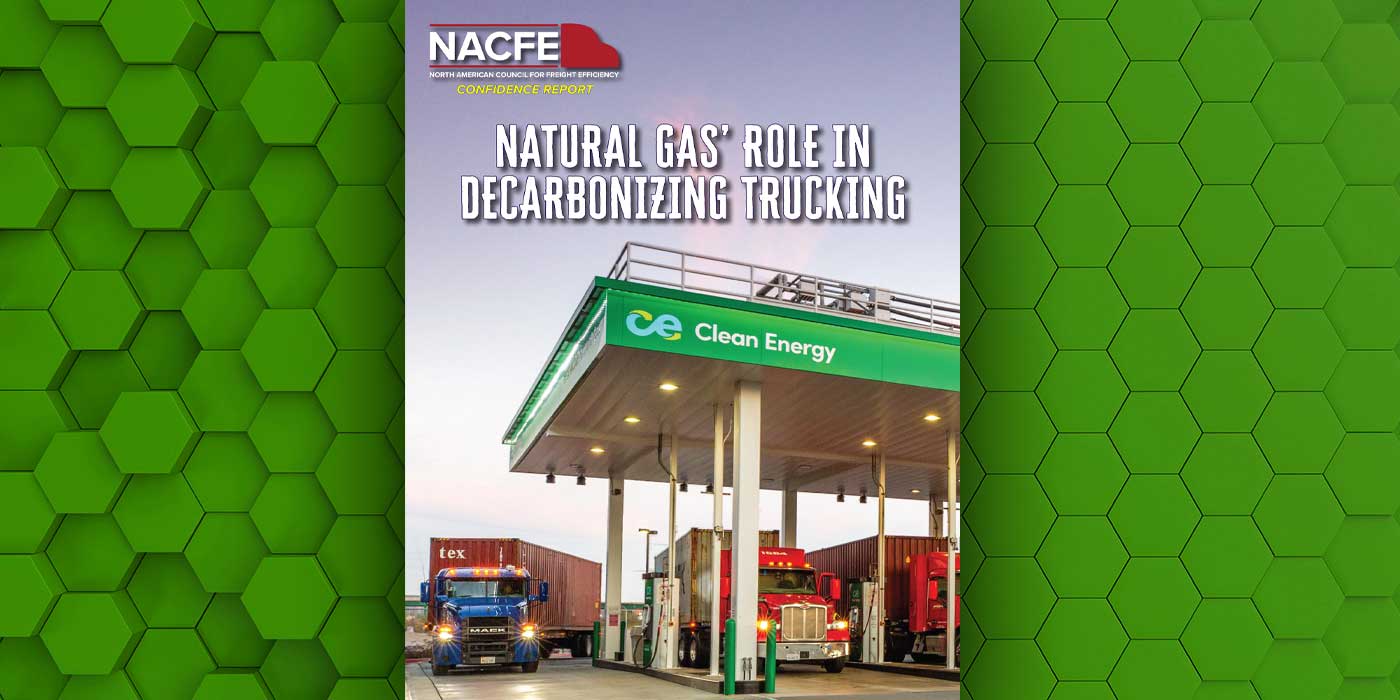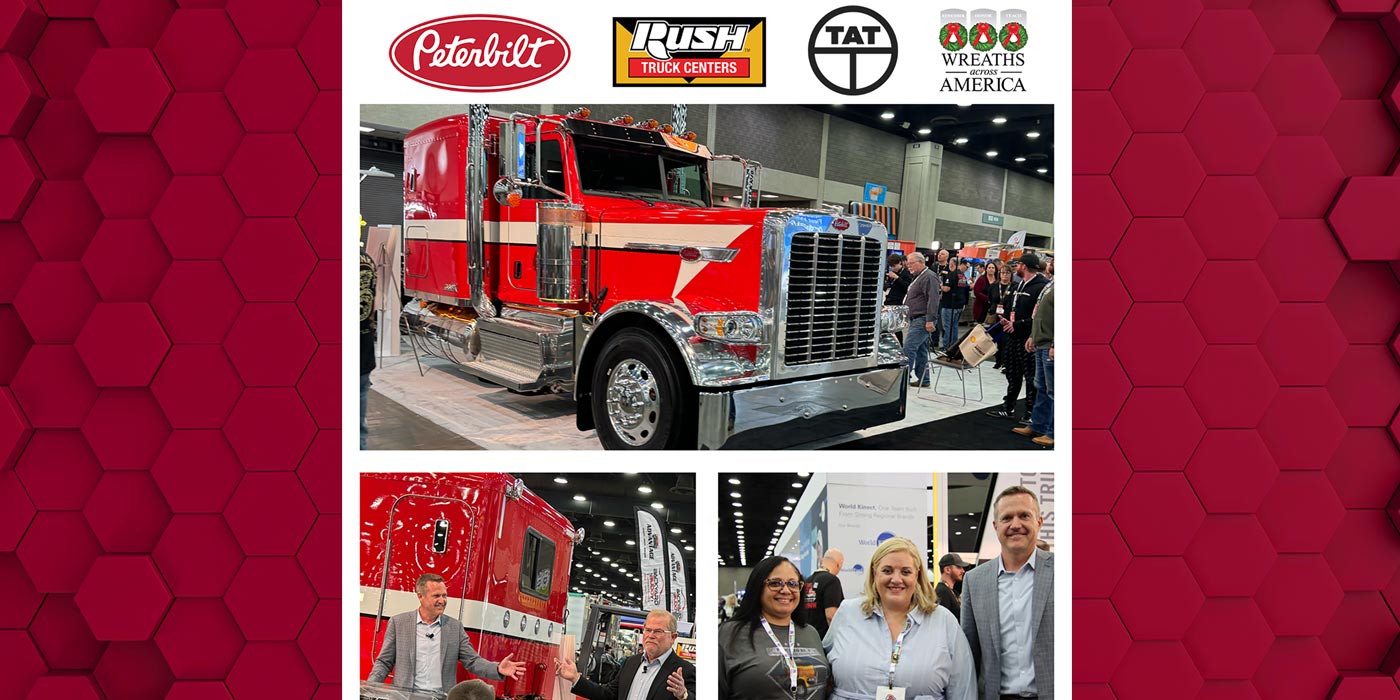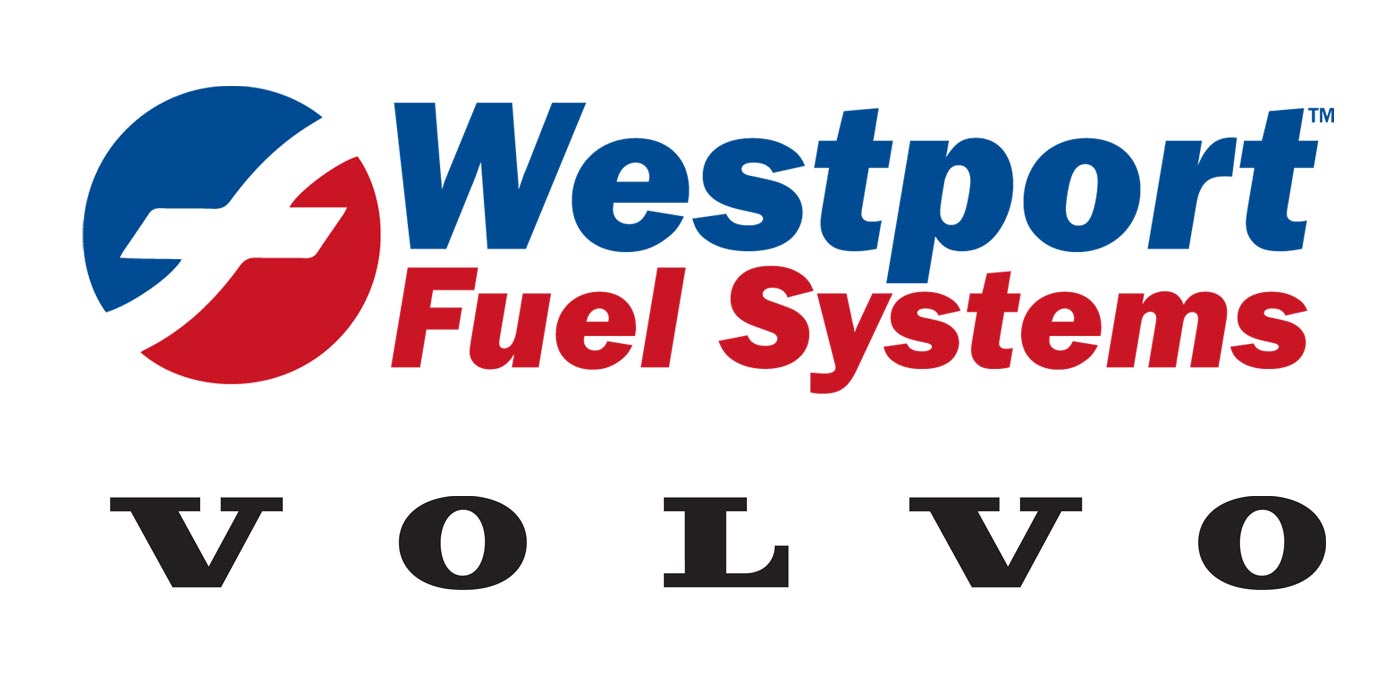You hear a lot these days about the total cost of ownership (TCO). We wanted to know how fleets are doing the math to make sure they are keeping costs in check and getting the best value out of their equipment.
Determining TCO
According to Darry Stuart, president and chief executive officer of DWS Fleet Management Service, “For me the answer is simple: I calculate the cost of the new truck, cost of money, value of the trade or sale, book value, projected economy, projected customer demands and driver seating and some emotion.” He goes on to point out that the determination also means calculating maintenance to include the cost to keep the truck on the road.
“We track and allocate all expenses and mileage for each truck so we know what the cost per mile is. We also keep fuel economy records for each truck. If you are using this info to decide what kind of truck to order, we can sort the data into brands to see which is doing better,” says Dan Vander Pol, director of maintenance for Oak Harbor Freightlines. “We can also sort by years so that we can see when the best time to get rid of a vehicle is. As you would suspect, vehicles cost more per mile as they get older. We see a pretty good bump when the trucks get out of warranty.”
“For truck and trailers we calculate miles per gallon [MPG], maintenance expense and residual value, as well as assessing down-time and the impact to driver up-time,” says Kirk Altrichter, vice president of maintenance for Crete Carrier Corp., Shaffer Trucking, Hunt Transportation Inc.
Ryder’s Executive Vice President and Chief Sales Officer, John Gleason, notes that “Ryder follows a structured approach when assisting clients in determining its commercial vehicle TCO. First, the acquisition cost of the asset is identified including all associated taxes, fees and any other upfront costs in addition to how it is financed. Next, the cost of operating the vehicle is evaluated including maintenance, administration, compliance, etc. Lastly, the costs and expected proceeds from disposition of the asset are considered in order to develop a full term view of the costs of obtaining and operating the vehicle for a specified period of time.
“It has been our experience that many clients are challenged in developing a comprehensive picture of their actual costs in this effort,” he continues. “In these cases, we can assist in the process through the use of a clear and comprehensive cost model and by providing industry information as guidance in the absence of any actual, client specific data.”
TCO & purchasing equipment
What impact does cost of ownership information have on purchasing and maintaining equipment? Almost nothing, Stuart says. “However, this is the point that maintenance and cost per mile (CPM) become a part of the equation,” he elaborates. “Most fleets I work with rely on the original equipment manufacturers [OEMs] numbers, charts and simulations and not their own research. In addition, most do not have good fuel records so there is a huge assumption. Also, most of the OEM TCO results are very close to each other and may not related to actual fleet results.”
“We make purchasing decisions based on cost of vehicle, fuel economy and maintenance costs,” Oak Harbor’s Vander Pol adds. “The one variable that we probably don’t do a great job at is adding in the cost of downtime. We only use the hard numbers related to the cost of repair or service. We tend to keep our trucks a long time, because we spec a lot of things specific for our application, so they don’t get a premium price on the secondary market even if we tried to sell after three or four years. So when we do the calculations as to when is the best time to get rid of our trucks it tends to be eight to 10 years.”
As for the impact the cost of ownership information has on purchasing and maintaining on equipment, Altrichter notes that good data on TCO can help change the specs or the brand of truck or trailer.














